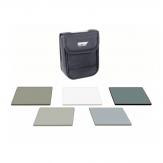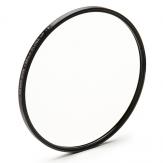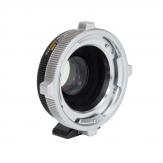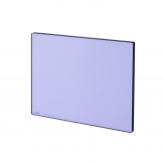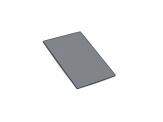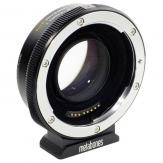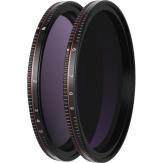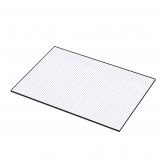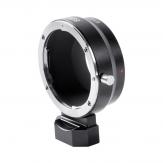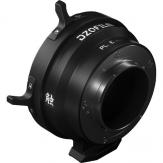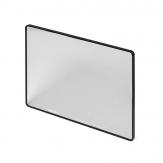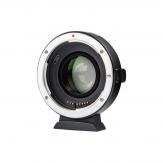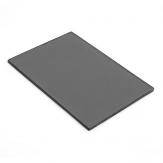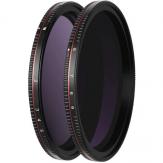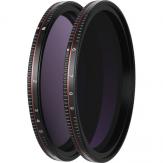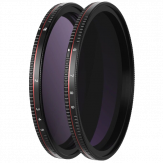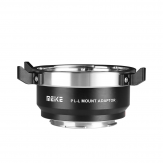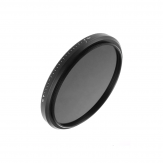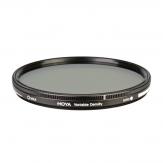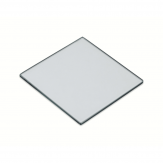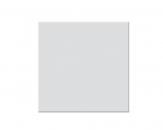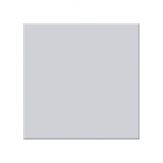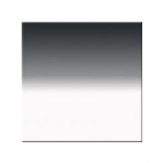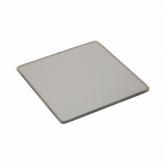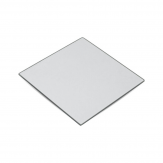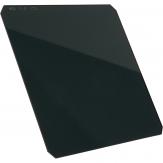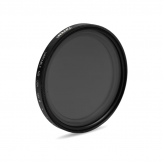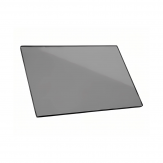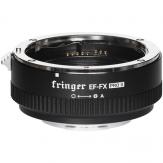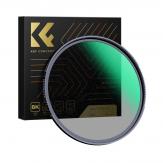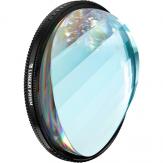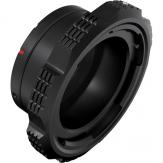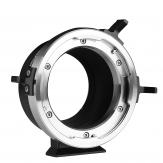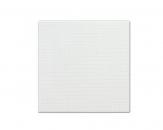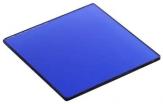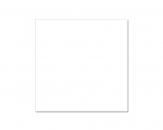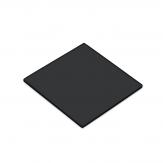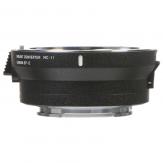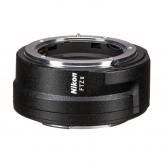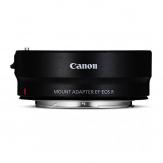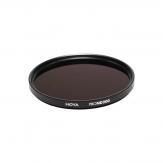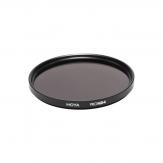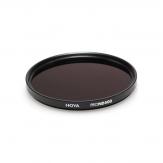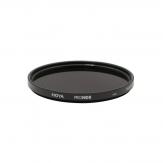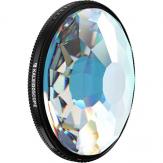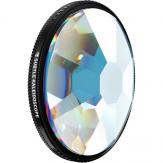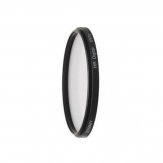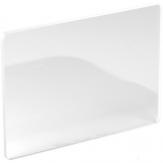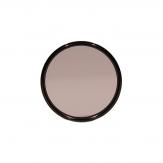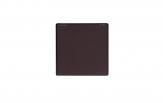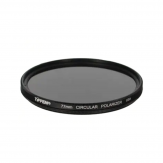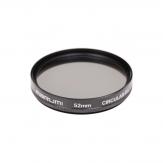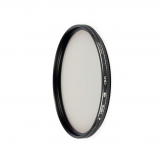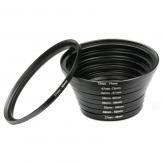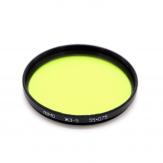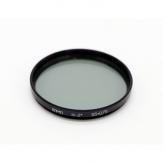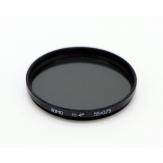- half shift
- 3 shift
- 14 shift
- 30 shift
Enter a value between 1 and 60

Lens Accessories
Here you will find adapter rings for lenses and various light filters.
An adapter is a mechanism that allows you to install lenses with a different type of mount on cameras, cinemas and camcorders. Photographers use an adapter ring if they are going to shoot with non-native optics for a certain effect. This helps to save money on the purchase of expensive photo lenses only for a certain system. The adapters are an empty cylinder with different attachment types on either side. The only point that photographers need to take into account is the required image field size so as not to get vignetting in photographs.
Often, adapters are used for Soviet optics and mirrorless cameras, since the compatibility of such carcasses is quite wide due to the small focal lengths. The focal length of the lens (or camera) = the distance from the lens to the focal plane (film or matrix).
When the focal length of the lens is greater than or equal to a similar parameter of the camera mount, the adapter will always work (although there are rare exceptions). It is also important to know the size of the rear section of a photographic lens, since in DSLRs and film cameras, the space behind the lens is filled with a mirror system.
Owners of mirrorless cameras, rangefinder cameras, camcorders, and digital cinema cameras are in luck because they do not contain any mobile parts behind the lens and have a small flange distance. The best compatibility is given by photo lenses for medium format cameras (SLR system). flange distance and image size are large.
Light filters
- Ultraviolet filter. The UV filter cuts off some of the sunlight.
- Haze filter. Eliminates haze caused by harsh UV radiation. The thing is curious, especially for those who like to climb higher into the mountains, shoot from long distances and on black and white film. Naturally, there is such a filter from the Hoya company in your favorite Kinoarenda.
- Polarizing filter. Removes glare and stray reflections so your landscapes will always have rich colors, curly clouds and seabed instead of gobies floating on the surface. A polarik can "eat" 1-2 stops of exposure, so you will surely have a fascinating exposure compensation. It also usually gets along with ultra-wide angles: wearers of lenses with a focal length of <28mm will have to sit well in Photoshop to achieve a similar effect. But Kinoarenda, as usual, has something nice to eat: a 72mm Triffen Wide Angle filter designed specifically for ultra-wide angles.
- Neutral gray filter. An ND filter will help control the amount of light entering the sensor. You can open the aperture wider and slow down the shutter speed. This will not change the color tone. Just imagine how many likes you will collect on cards with beautiful bokeh and blurry water flow.










